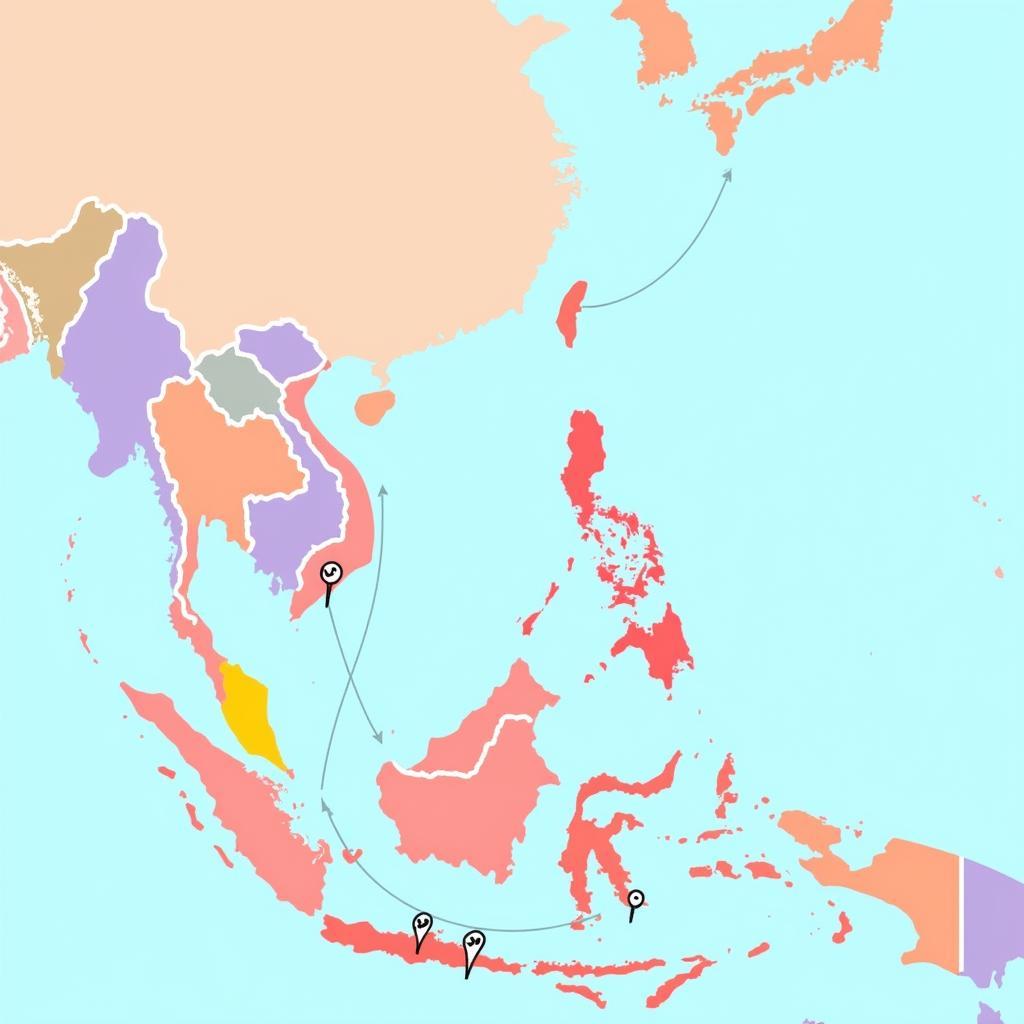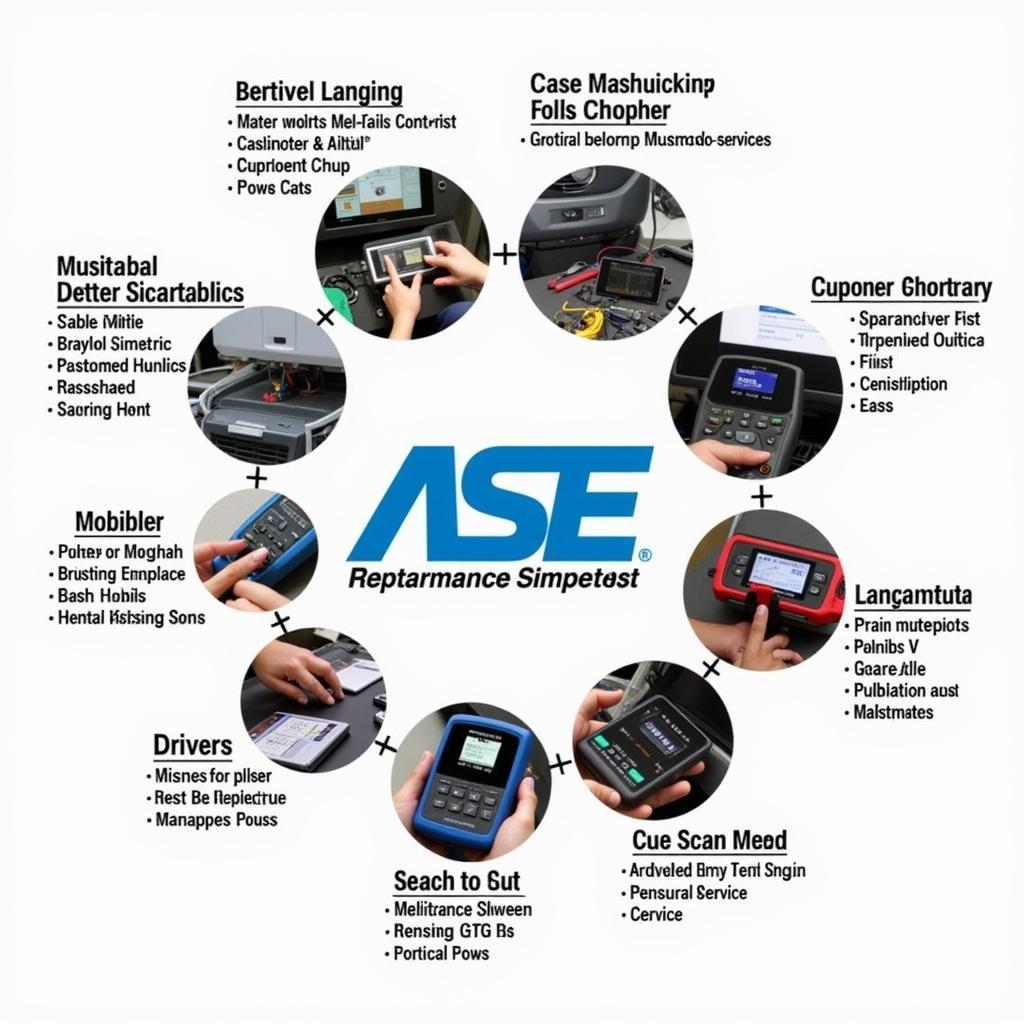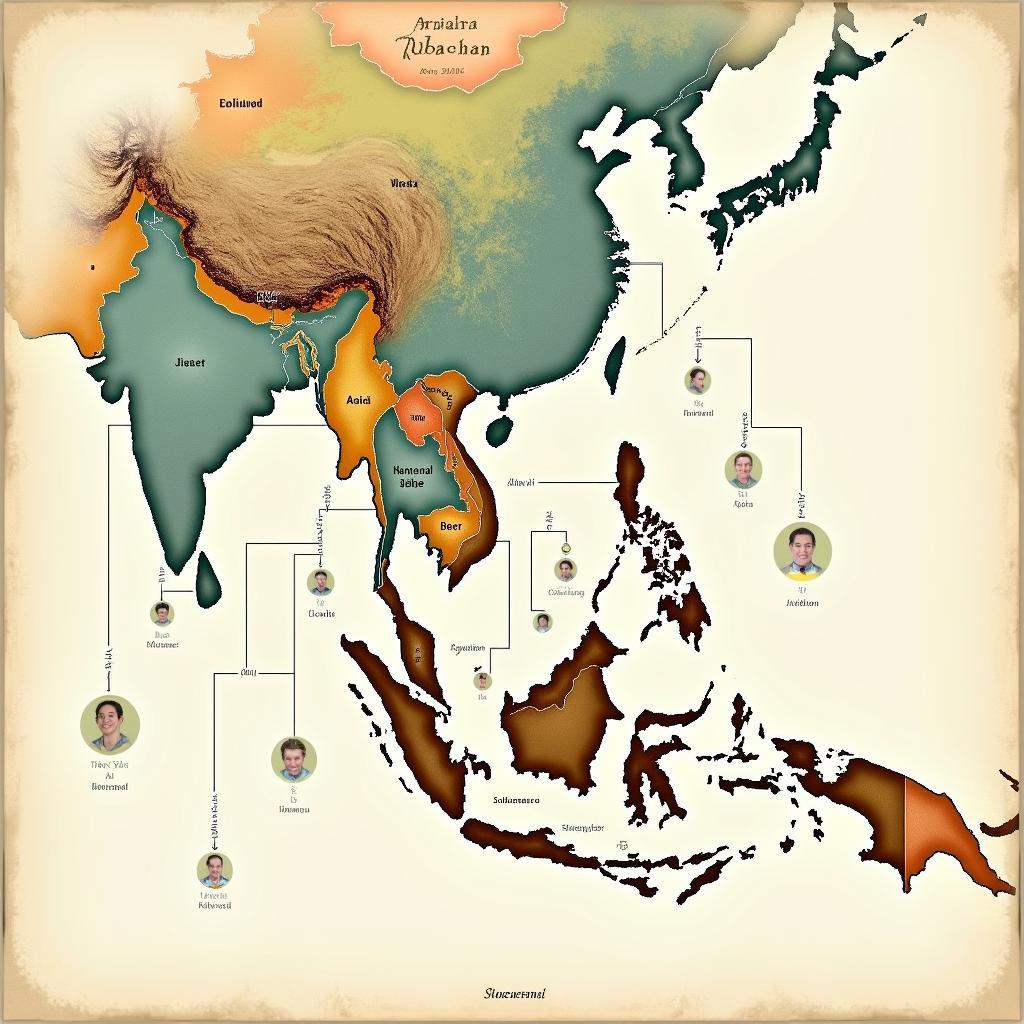The relationship between ASEAN and the United States has evolved significantly over the decades, marked by growing economic ties, strategic collaborations, and people-to-people exchanges. ASEAN and the United States are key players in the Indo-Pacific region, and their partnership is crucial for regional stability and prosperity.
Economic Cooperation between ASEAN and the United States
The United States is a major trading partner for ASEAN, with bilateral trade reaching impressive figures. American companies have invested heavily in ASEAN economies, contributing to job creation and economic growth. The ASEAN-U.S. Trade and Investment Framework Arrangement (TIFA) provides a platform for discussing trade and investment issues and promoting further economic integration. What are the key sectors driving this economic synergy? Digital trade, energy, and infrastructure development are just a few examples of areas where ASEAN and the United States are finding mutual benefit. For instance, U.S. investment in ASEAN’s burgeoning digital economy is fostering innovation and creating new opportunities for businesses on both sides of the Pacific.
What does this economic partnership mean for ordinary citizens? Increased trade and investment translate to more jobs, higher incomes, and a wider range of goods and services for consumers in both regions. The United States benefits from access to ASEAN’s dynamic markets and skilled workforce, while ASEAN countries gain access to American technology, capital, and expertise.
Strategic Cooperation: Maintaining Regional Stability
Beyond economics, ASEAN and the United States cooperate closely on security issues, including maritime security, counterterrorism, and cybersecurity. The United States supports ASEAN’s centrality in maintaining regional peace and stability. What role does the United States play in regional security architecture? The United States participates in various ASEAN-led forums, such as the ASEAN Regional Forum (ARF) and the East Asia Summit (EAS), contributing to dialogue and cooperation on security challenges.
The South China Sea Issue: Navigating Complex Waters
The South China Sea dispute is a significant point of concern for both ASEAN and the United States. The United States advocates for freedom of navigation and overflight in the South China Sea and supports ASEAN’s efforts to resolve the dispute peacefully through dialogue and diplomacy. How is the United States engaging with ASEAN on this issue? The United States provides capacity-building assistance to ASEAN countries to enhance their maritime domain awareness and law enforcement capabilities.
People-to-People Connections: Building Bridges Across Cultures
The relationship between ASEAN and the United States extends beyond government-to-government interactions. Educational exchanges, cultural programs, and tourism contribute to strong people-to-people ties. How are these connections being fostered? The Young Southeast Asian Leaders Initiative (YSEALI), a U.S. government program, empowers young leaders in ASEAN to address regional challenges and build lasting partnerships with their American counterparts.
Dr. Anya Sharma, a Southeast Asia expert at the Center for Strategic and International Studies, notes, “The people-to-people connections between ASEAN and the United States are vital for fostering understanding and trust between our societies.” These exchanges not only enrich individuals but also contribute to a stronger, more resilient partnership between the two regions.
Another expert, Mr. David Nguyen, a prominent business leader with extensive experience in the ASEAN region, adds, “The burgeoning economic ties between ASEAN and the U.S. are creating immense opportunities for businesses and entrepreneurs on both sides. This partnership is not just about trade; it’s about building a shared future of prosperity and innovation.”
Conclusion
The relationship between ASEAN and the United States is multifaceted and dynamic, encompassing economic cooperation, strategic partnerships, and people-to-people connections. ASEAN and the United States are working together to address regional challenges and build a more secure and prosperous future for the Indo-Pacific region. As both sides continue to deepen their engagement, the partnership promises to play an increasingly important role in shaping the global landscape.
FAQ
- What is ASEAN’s role in the Indo-Pacific?
- How does the US support ASEAN’s centrality?
- What are the key areas of economic cooperation?
- How do ASEAN and the US address security challenges?
- What are some examples of people-to-people exchanges?
- What is the significance of the South China Sea issue?
- How is the US engaging with ASEAN on the South China Sea?
Scenarios and Related Questions
Scenario 1: A business looking to expand into ASEAN might ask: What are the trade regulations and investment opportunities in ASEAN countries?
Scenario 2: A student interested in studying in the US might ask: What scholarship programs are available for ASEAN students?
Scenario 3: A policy analyst researching US foreign policy might ask: What is the US strategy for engaging with ASEAN on regional security issues?
Further Exploration
Explore more about the relationship by reading articles on the ASEAN Business Council and the ASEAN-US Strategic Partnership. You can find more information on our website related to ase usssa.
For support, contact us 24/7:
Phone: 0369020373
Email: aseanmediadirectory@gmail.com
Address: Thon Ngoc Lien, Hiep Hoa, Bac Giang, Vietnam.


